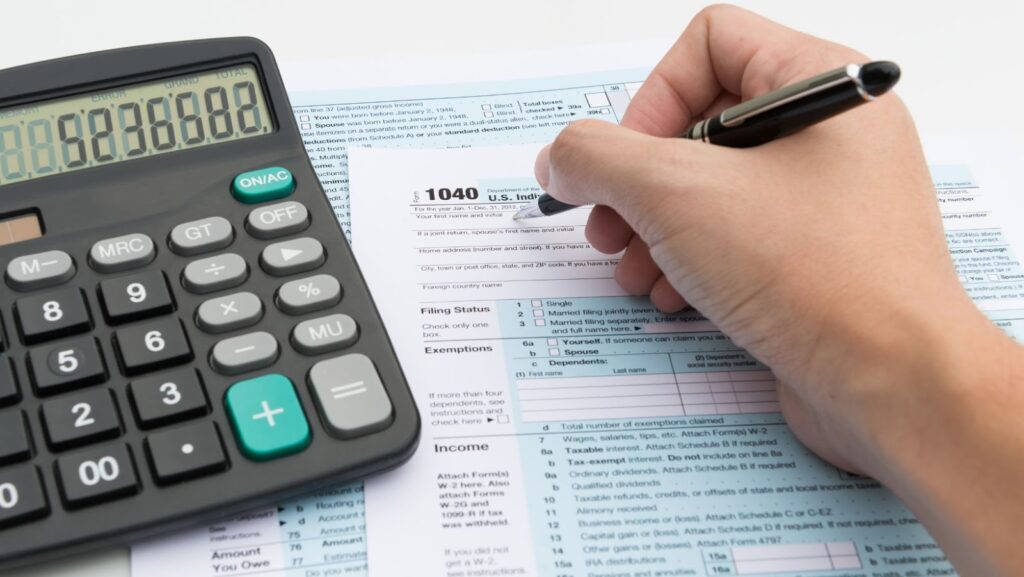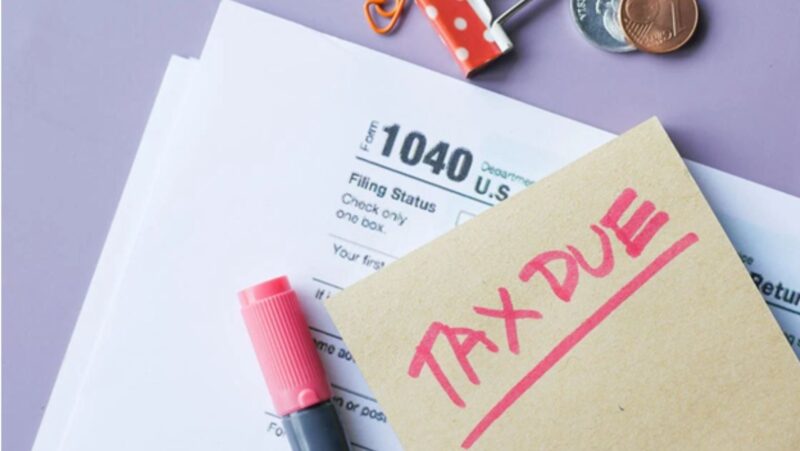
You’ve probably seen the term “tax lot” before but may not have known what it meant. A tax lot is simply a way of dividing up your investment in a specific security so that you can track the cost basis and capital gains (or losses) for each portion separately. This is important because it allows you to make more informed decisions about when to sell shares of a security in order to minimize your taxes. As you can see, it’s important to know about tax lots when making decisions about selling shares of a security. Otherwise, you could end up paying more in taxes than you need to.
What is a tax lot
A tax lot is simply a way of dividing up your investment in a specific security so that you can track the cost basis and capital gains (or losses) for each portion separately.For example, let’s say you bought 100 shares of XYZ Corporation for $10 per share on January 1st. Then, on March 1st, the company splits 2-for-1 and you now own 200 shares. However, your cost basis ( what you paid for the shares) has not changed. It is still $10 per share.
If you sold 100 shares on March 2nd for $12 per share, you would have a capital gain of $2 per share. But if you wait until after the stock goes ex-dividend on March 15th and sell your shares on March 16th for $12 per share, you would have a capital gain of only $1 per share. Why? Because you would be selling the shares you bought on January 1st for $10 per share plus the $0.50 dividend that was paid on March 15th. So your cost basis would now be $10.50 per share.
How to find your tax lot number
The tax lot number is generally shown on your broker’s statement or trade confirmation. It may also be available online in your account information. If you can’t find it, give your broker a call and they should be able to help you out. Now that you know what a tax lot is and how to find your tax lot number, you may be wondering when the best time is to sell shares from different tax lots.
When to sell shares from different tax lots
The answer to this question depends on a few factors, including your investment goals and objectives, as well as your personal tax situation. However, in general, it is usually best to sell shares from the tax lot with the highest cost basis first. This will minimize your capital gains and, as a result, your taxes. Of course, there are other factors to consider when making decisions about selling shares of a security, including market conditions and your own personal circumstances. But knowing about tax lots and how they work can help you make more informed decisions that may save you money in the long run.
How to get more information about your tax lot
If you are still not sure about what a tax lot is or how it works, your broker should be able to provide you with more information. You can also find plenty of resources online, including the IRS website. Just remember that it is important to understand how tax lots work before making any decisions about selling shares of a security. Otherwise, you could end up paying more in taxes than you need to.
Closing thoughts
Now that you know what a tax lot is and how it works, you can make more informed decisions about when to sell shares of a security. This knowledge can help you save money on taxes in the long run. Remember, however, that there are other factors to consider when making decisions about selling shares of a security. So be sure to consult with a financial advisor before making any decisions about your investments.










